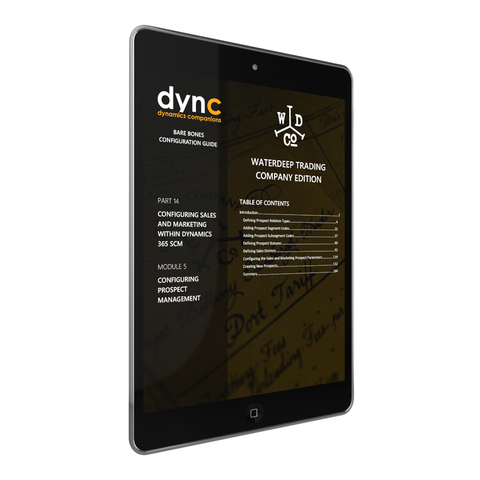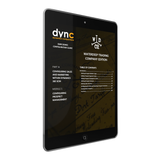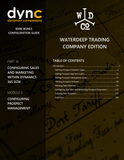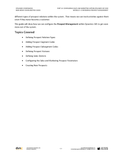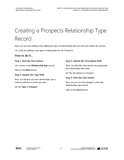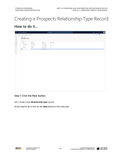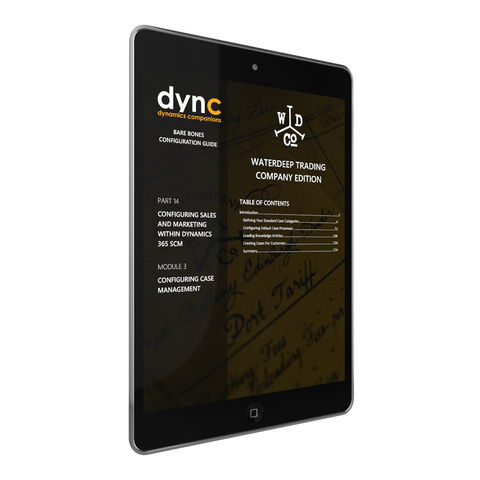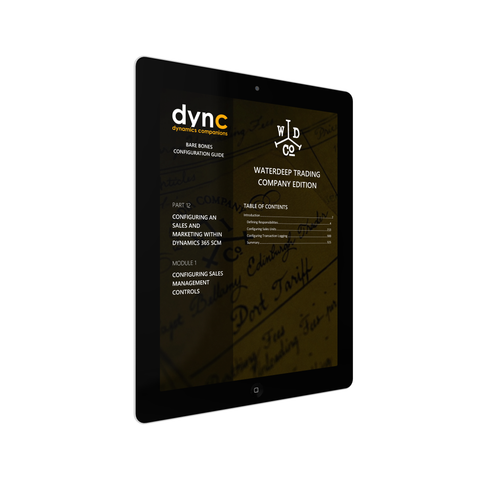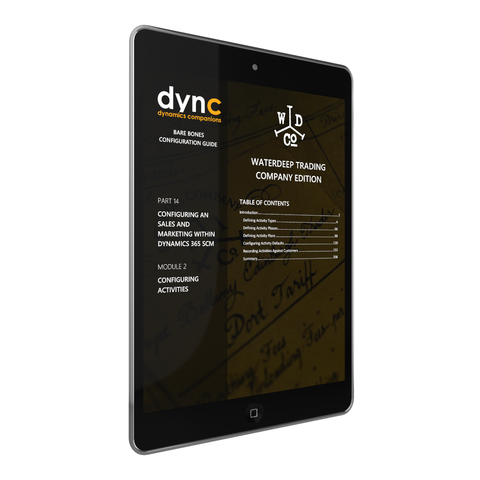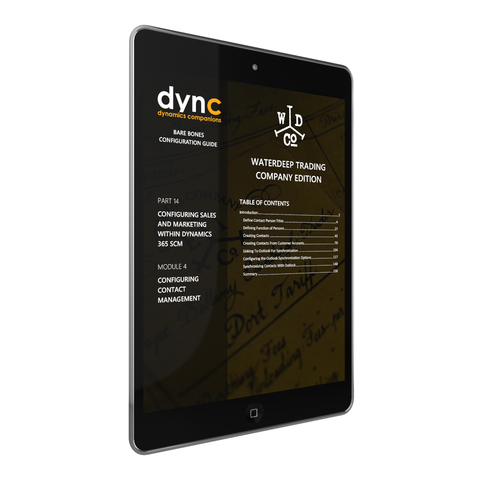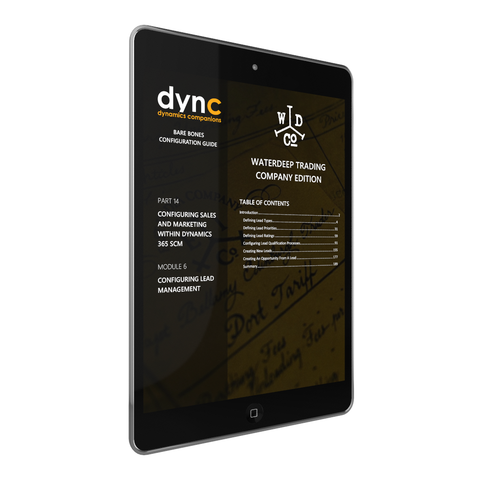BBCG.14.05.D365.2.PDF: Configuring the Sales and Marketing within Dynamics 365 SCM (Second Edition) - Module 5: Configuring Prospect Management (Digital)
The Waterdeep Trading Company is the purveyor of all the finest adventuring supplies to travelers, rogues, wizards, and clerics in all Faerûn and is headquartered in the great city of Waterdeep on the Sword Coast.
Recently they have been experiencing a massive upswing in the traffic through their store and have realized that the old quill and scroll-based financial system will not scale anymore. The manual supply chain management processes that they are using will not handle their forecasted future demand.
As a result, they have taken the step to modernize their finance and supply chain systems and implement Microsoft Dynamics 365 to manage all their legal (and not so legal) entities. And the following is a journal of how they set up their system and tweaked it to make it work perfectly.
The Sales and Marketing area within Dynamics 365 Supply Chain Management allows us to manage and track customer contact information and marketing activities. It also allows us to manage your organization's sales order activities. It is where we can configure our sales hierarchies, enabling us to organize all your products into more manageable groups. We can also initiate sales orders, manage the changes to the orders, and manage all our standard pricing and discount masters. These transactions then feed into the Accounts Receivable module, making the sales cycle seamless.
The Sales and Marketing area within Dynamics 365 does more than just track Customers, Sales Orders, and Invoices. It has a lot of CRM functionality that allows you to track Activities, Cases, Contacts, Prospects, Opportunities, Leads, Campaigns, and Telemarketing Call Lists.
In most cases, it is just as good as (if not better than) any other stand-alone CRM systems, mainly because we don’t need to buy more licenses or load more software because all the functionality is delivered with the system.
The Sales and Marketing module within Dynamics 365 does more than track the customers and contacts. We can also configure it to track prospective customers by configuring the prospect management features. By using Prospects, we can reduce the clutter within the customer master because we can track all of the information about the prospect separately and then only convert them to a customer when we are about to do business with them. The added benefit of this is that all of the history around the prospect transfers over to the customer record, so we never lose track of anything you did with them.
Additionally, we can use the Prospect management to track other people or organizations we may be in contact with, such as third parties to customers, and social media contacts, because they can be different types of prospect relations within the system. That means we can track activities against them even if they never become a customer.
This guide will show how we can configure the Prospect Management within Dynamics 365 to get even more out of the system.
Topics Covered
- Defining Prospect Relation Types
- Adding Prospect Segment Codes
- Adding Prospect Subsegment Codes
- Defining Prospect Statuses
- Defining Sales Districts
- Configuring the Sales and Marketing Prospect Parameters
- Creating New Prospects
Series: Dynamics Companions Bare Bones Configuration Guides
Guide: Configuring Sales and Marketing within Dynamics 365 SCM
Digital: 186 pages
Publisher: Blind Squirrel Publishing (Jun 19, 2022)
Language: English
Product Dimensions: 8.5 x 11 inches
We Also Recommend

